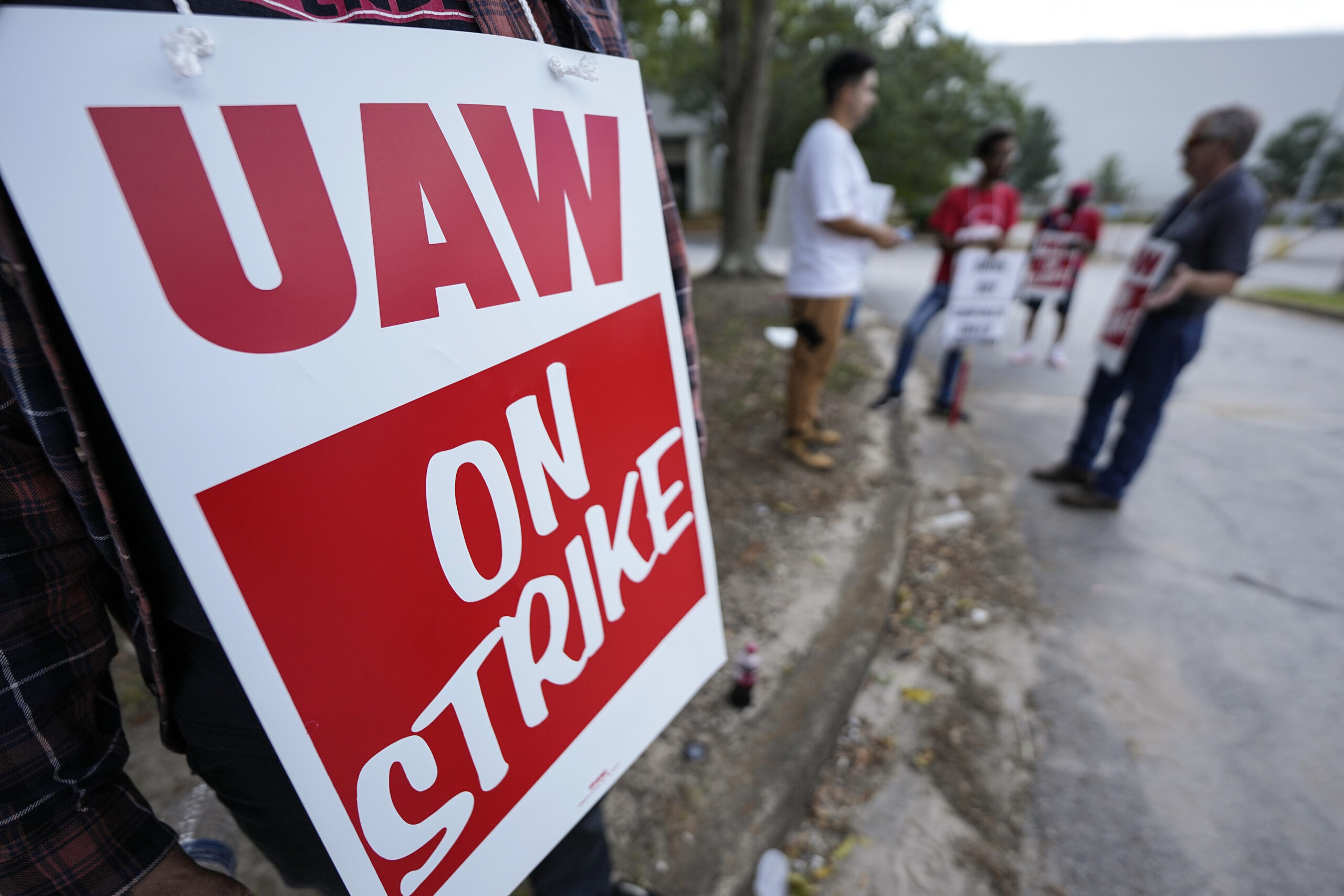There’s a big and expensive problem looming for many of Wisconsin’s cities: billions of dollars in benefits promised to retired teachers, police officers and other public workers.
An investigation published this week by the Milwaukee Journal Sentinel found these local retirement obligations total $6.5 billion over the coming generation, with $4.7 billion of that in Milwaukee County alone.
One of the reporters who carried out this investigation is Jason Stein, the Journal Sentinel’s Capitol reporter. Stein said amassing this level of unfunded benefits “doesn’t happen in a day.”
Stay informed on the latest news
Sign up for WPR’s email newsletter.
“In many cases, these are benefits that were first granted to workers in the early 1970s. At that time, health care cost about 30 times less than what it does today, so promises were made to fund public workers’ health care in retirement,” he said. “Today, a generation later, we see that cost can be, in some cases, enormous.”
Read selections from Stein’s conversation with WPR below:
Brady Carlson: For example, in Beloit, the obligations to retired workers are large enough that the city could divert all of its annual spending for two years and that still wouldn’t be enough.
Jason Stein: Right. In Beloit, police officers are having the great part of their retiree health care benefits paid for them. But one thing you have to understand is, if you’re a protective worker, you typically might retire at 52 years old, for instance. Family coverage for a retired police officer and his or her spouse can run $22,000 to $23,000 a year. When you think about (that) they might have 12-13 years before they’re eligible for Medicare, that can be a $200,000-250,000 benefit for just one retiree. So it adds up quickly.
BC: What about Milwaukee County, which has the largest share of these obligations? Are the circumstances different there, or is it a case where the largest county has the largest obligations?
JS: I think there’s a variety of things there. Obviously Milwaukee had a legacy of manufacturing that, at one time, did provide excellent private sector jobs in many cases, as well as excellent benefits. In some cases that’s still the case, but in many others, those jobs are not there or they’re not as plentiful. But in some cases, local governments have continued to offer benefits at that level.
In some cases, public workers have actually foregone salary increases to get these benefits (and) keep these benefits. So it becomes a tricky question for local governments to pull them back.
BC: In other levels of government, despite the political consequences of doing so, an official might be able to propose cutting some benefits or raising revenue to put toward the obligation. What you found was that these cities can’t always do that.
JS: In Wisconsin, we have strict property tax caps at the local level that make it very difficult for elected officials to raise taxes. They also right now have some very significant infrastructure that needs to be replaced; there’s going to be a cost to that. In some cases over the last year or two, they’ve really seen an increase in the workers that are leaving employment at their city or school to take other jobs. So it’s going to be very tricky for them to cope with these liabilities and, at the same time, retain a good workforce.
BC: You also looked at the state of Wisconsin’s retirement system. How does the picture at the state level compare to what we’re seeing in cities?
JS: That’s the really terrific news. Wisconsin’s pension system is one of three that are fully funded in the nation. In most cases, if a pension becomes unfunded, elected officials have got to take a very tough vote to either raise taxes or decrease benefits to close the gap. In some cases, their state constitutions won’t even let them take that vote, because the pension is considered an asset of the retirees once it’s accrued.
In Wisconsin, our pension is something in between a 401K and a pension, and if our investment returns don’t come in as expected, the pension system will automatically adjust benefits down somewhat going forward to keep the pension fully funded. It will also adjust benefits up if the pension has investments that are doing better than expected.
When you discuss pensions, you’ll have a discussion of wanting to replace the pension with a 401K model, if the pension is not well-funded or not working out well. One thing Wisconsin puts forward is this hybrid model that provides a third path for elected officials to consider, at least, as they’re considering reform of their pension system, something that might not have to go to a pure 401K model, where the workers take all the risk, that there is this model in which the public employer and the employees share the risk and have some benefits for each.
Wisconsin Public Radio, © Copyright 2024, Board of Regents of the University of Wisconsin System and Wisconsin Educational Communications Board.






